The Great Depression and New Deal
1/41
Earn XP
Description and Tags
Name | Mastery | Learn | Test | Matching | Spaced |
|---|
No study sessions yet.
42 Terms
The Great Depression
Worst period of economic decline in United States history, beginning in 1931 lasted throughout the decade. Unemployment reached record 25%.
buying on margin
practice that allows people to buy stock with a down payment of a portion of the value
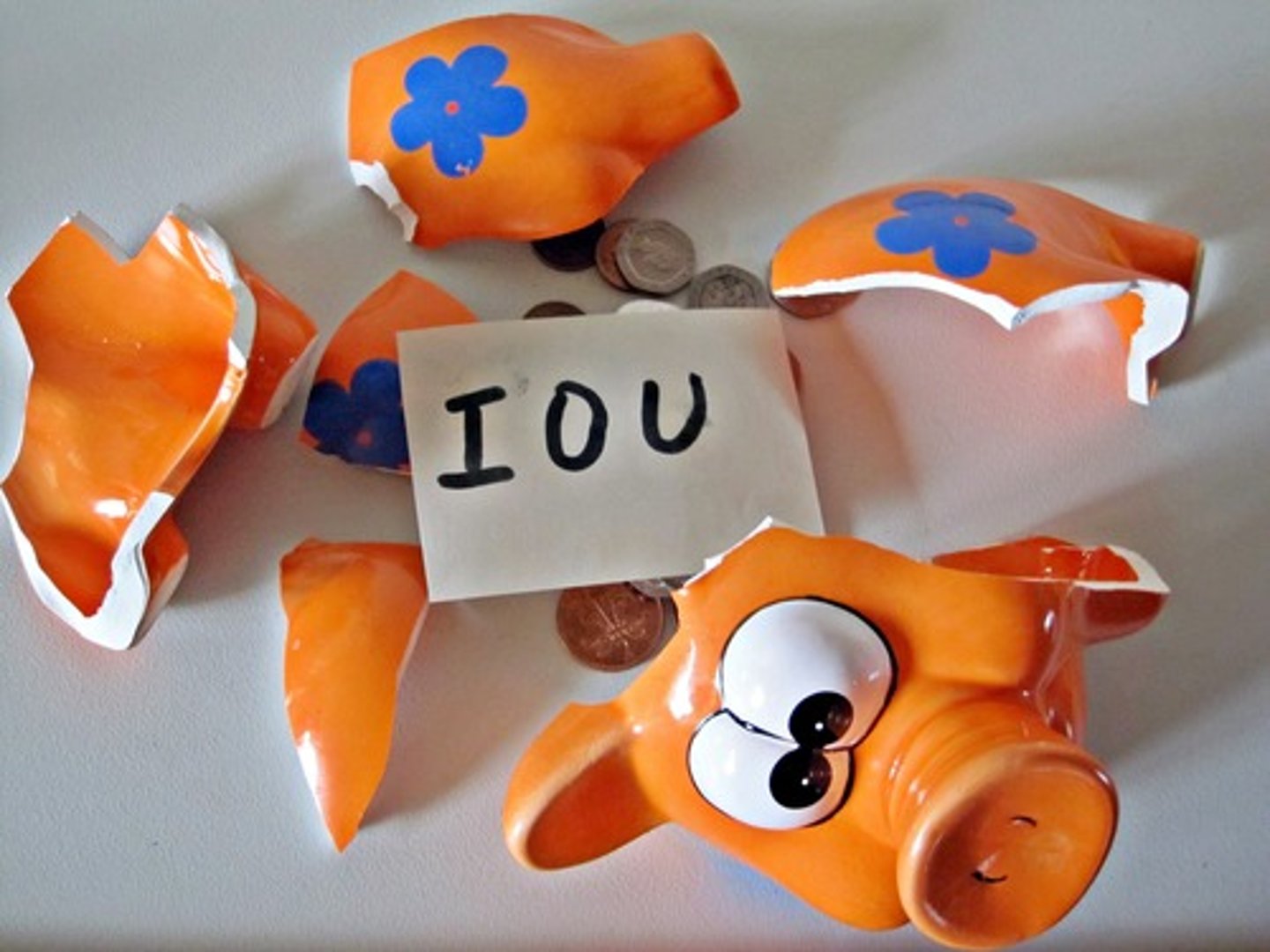
installment buying
Purchasing consumer goods on “credit” (making small payments over time with a percentage going to the interest on the borrowed money)
Black Tuesday
October 29, 1929- the day the stock market crashed, signaling the start of economic downturn that would eventually become the Great Depression
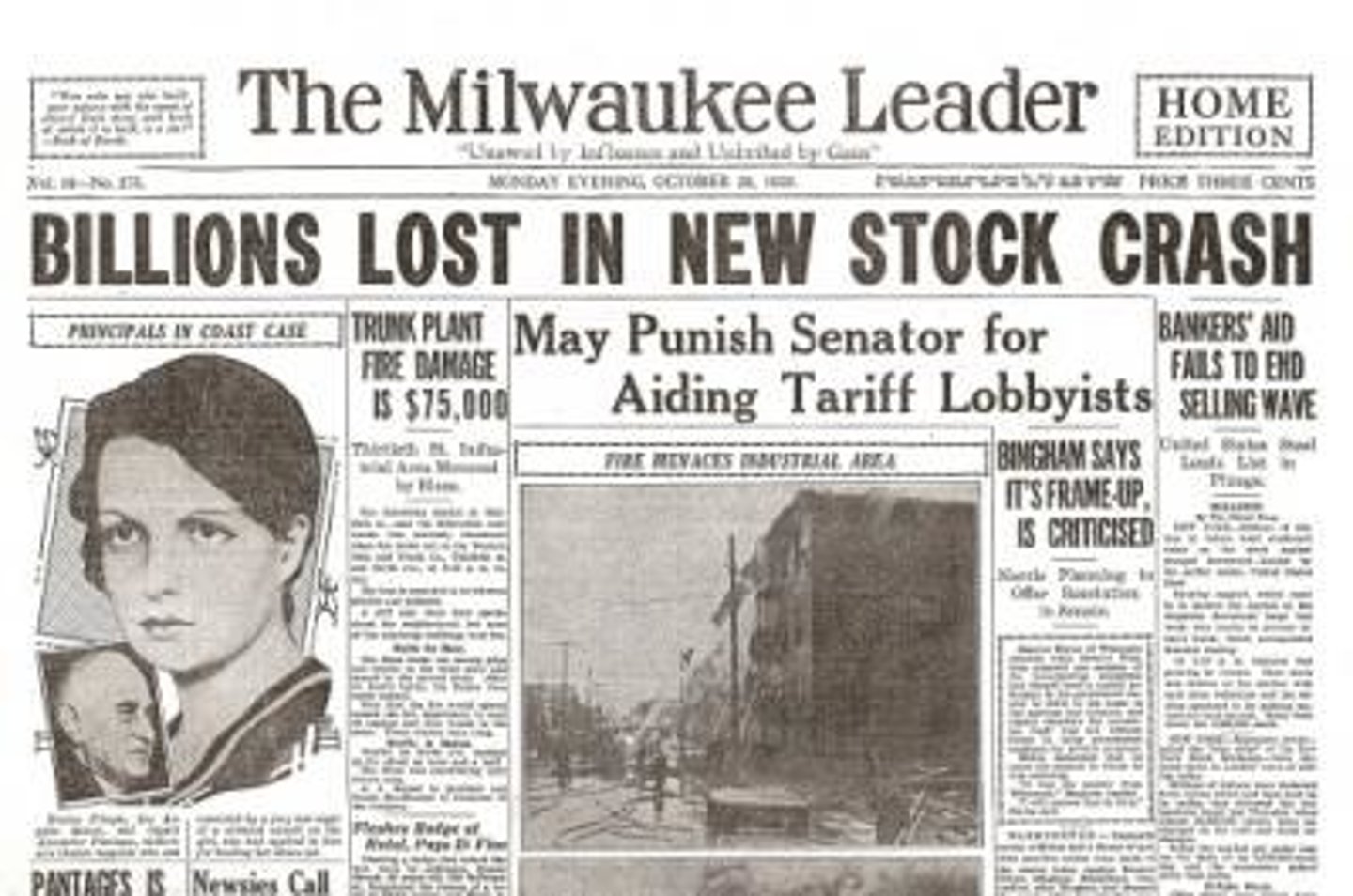
Deflation
a general decline in prices for goods and services, typically associated with a contraction in the supply of money and credit in the economy.
“bank holiday”
When banks shut down to prevent customers from a panic where they would attempt to remove all their deposits at once (which the bank cannot afford to do)
Keynesian economics
proposes a path out of economic recessions: government spending will 'prime the pump' when the government spends money (on infrastructure for example) it will stimulating demand during tough times lead and to economic improvement as people will have jobs and money to spend in the economy.
Hawley-Smoot Tariff
law that implemented protectionist trade policies in the United States. (by raising taxes on imported goods, American corporations did not have to compete with foreign corporations, but raised the prices on goods overall)
gold standard
a monetary system in which the standard economic unit of account is based on a fixed quantity of gold. (tends to produce deflationary economics if more gold is not discovered with the increase of goods and services)
Hoovervilles
group of shacks in which homeless lived during the Great Depression
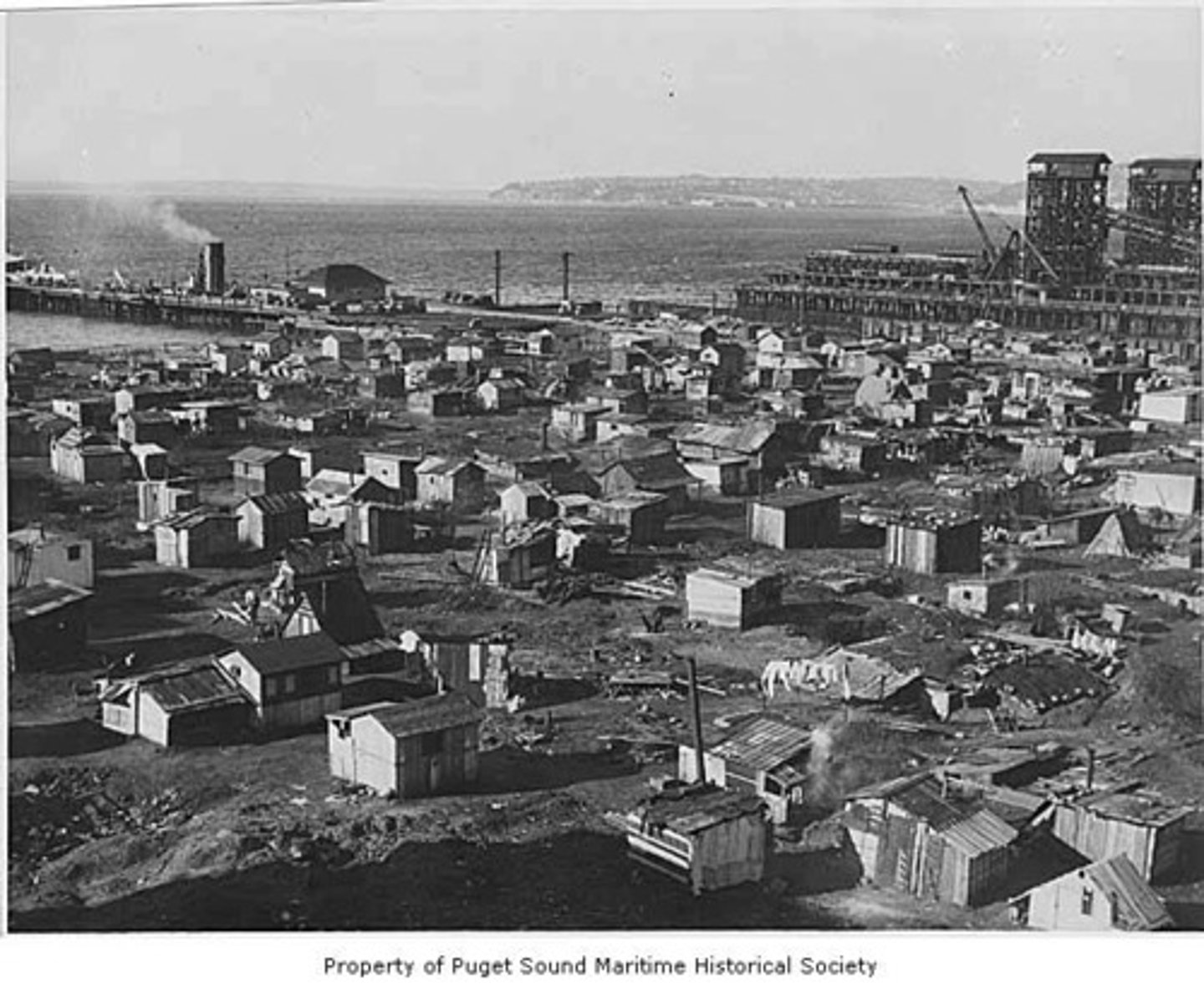
GDP
Gross Domestic Product
Gross Domestic Product
a monetary measure of the market value of all the final goods and services produced and rendered in a specific time period by a country
21st Amendment
Constitutional amendment that revoked the 18th amendment (prohibition) with the hopes of solving the depression
The New Deal
a series of programs, public work projects, financial reforms, and regulations enacted by President Franklin D. Roosevelt in the United States between 1933 and 1938
3 R’s of Organizing the New Deal
Relief, Recovery, Reform
FERA
Federal Emergency Relief Administration= grant-making agency authorized to distribute federal aid to the states for relief during the Great Depression
PWA
Public Works Administration: New Deal government agency (1933–39) designed to reduce unemployment and increase purchasing power through the construction of highways and public buildings.
TVA
Tennessee Valley Authority
created in 1933 in order to provide navigation, flood control, electricity generation, fertilizer manufacturing, and economic development in the Tennessee Valley, a region particularly impacted by the Great Depression. Controversial because it created a business that competed against private energy companies.
AAA
Agricultural Adjustment Administration
attempted to regulate agricultural production through farm subsidies ($ to decrease the amount of crops produced); ruled unconstitutional in 1936; disbanded after World War II
WPA
Works Progress Administration
Agency responsible for overseeing the Emergency Relief Appropriation Act, which provided employment assistance directly to the poor.
Hires jobless people to build public buildings and parks.
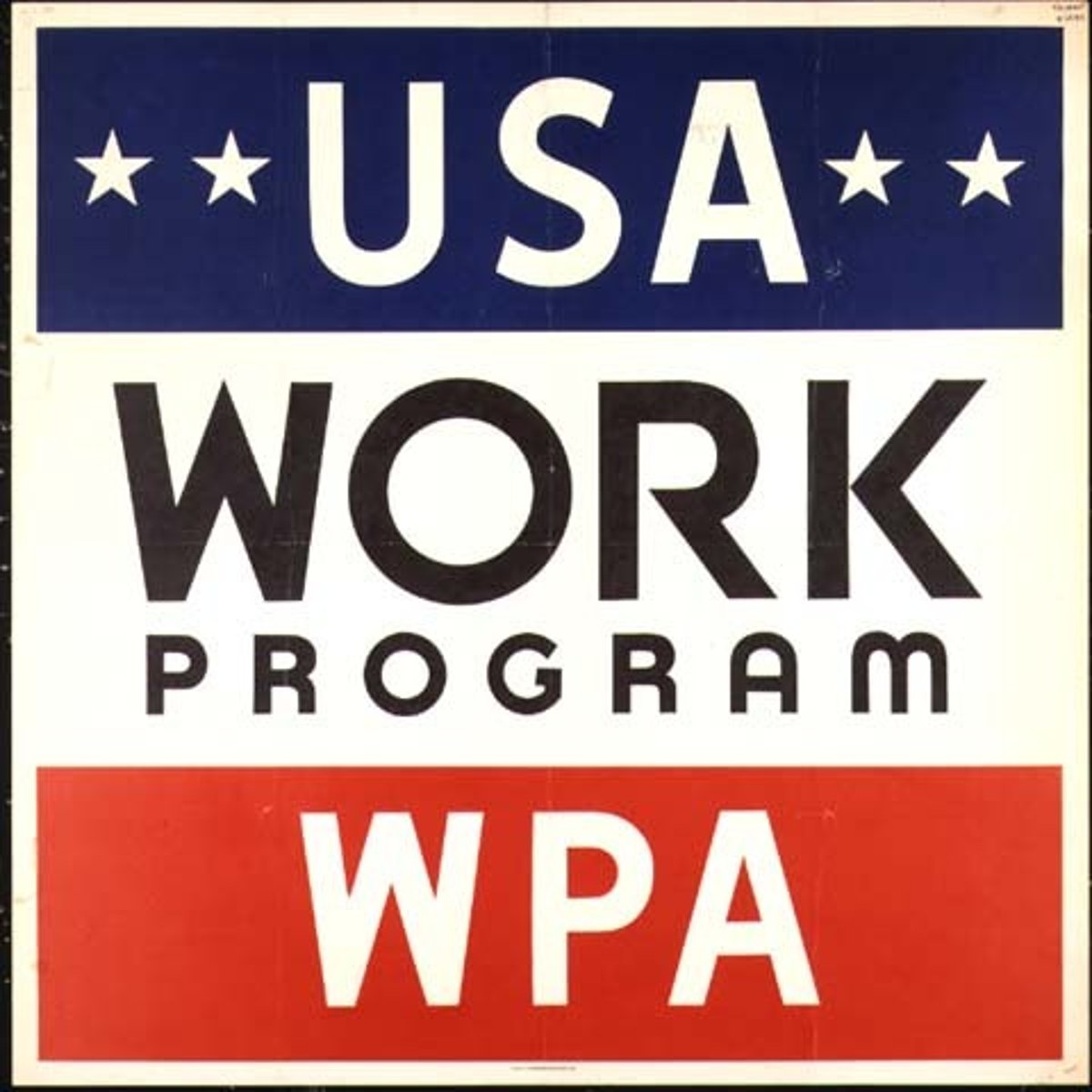
Social Security Act
the joint Federal and State program created by FDR in 1935 that provided workers' pensions that exists today (as well as provided unemployment insurance, and other welfare benefits).
National Industrial Recovery Act (NIRA)
intended to spread available work among a larger number of workers by a) limiting hours and launching a public works program and b) increasing individuals' purchasing power by establishing minimum wage rates.
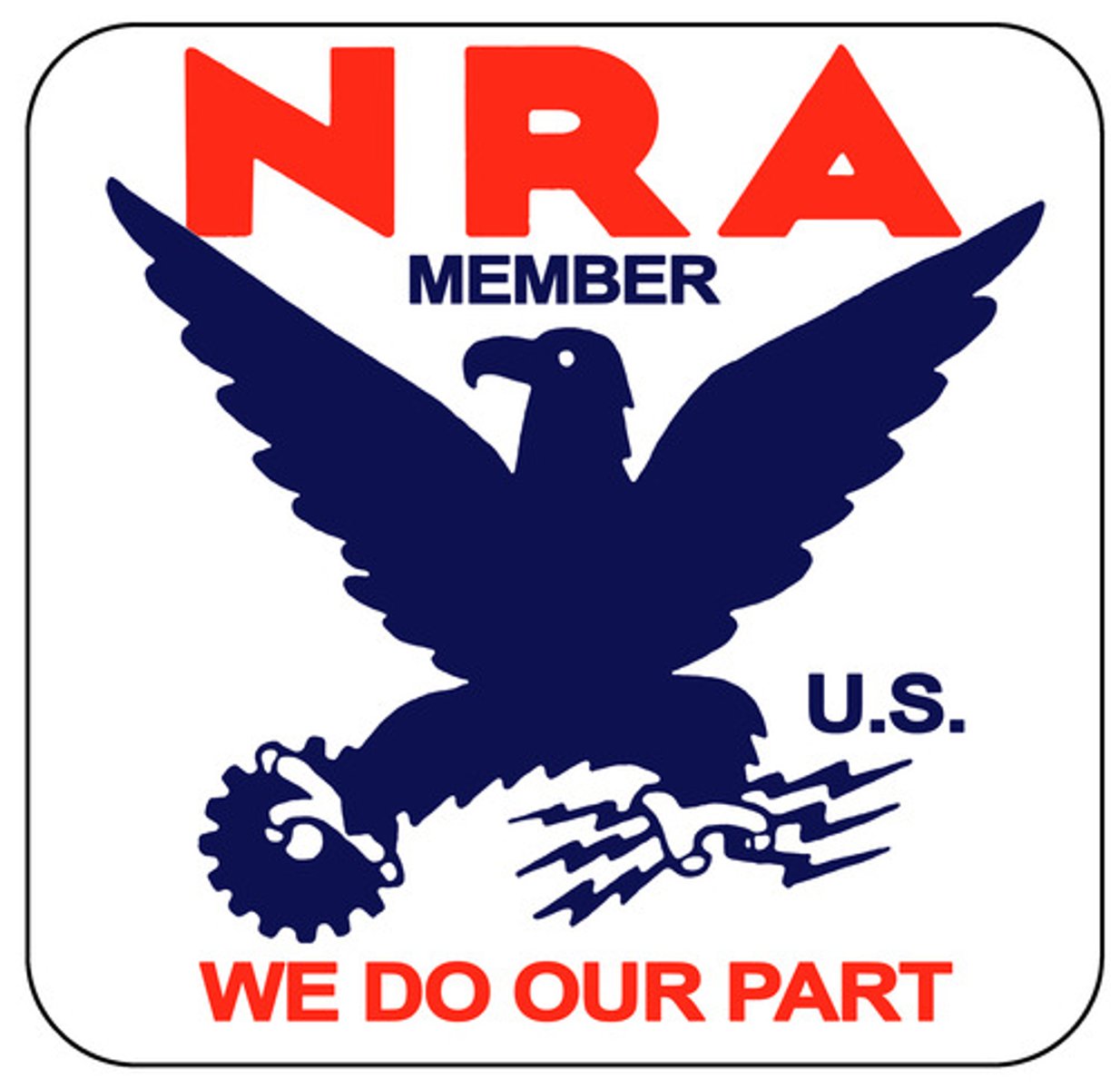
Schechter Poultry Corp. v. United States.
The Court ruled that the NIRA assigned lawmaking powers to the President in the NIRA was violation of the Constitution's allocation of such powers which should have been assigned to Congress.
“Court Packing”
Legislative initiative proposed by U.S. President Franklin D. Roosevelt to add more justices to the U.S. Supreme Court in order to obtain favorable rulings regarding New Deal legislation that the Court had ruled unconstitutional.
National Labor Relations Act
Also known as the Wagner Act, is a foundational statute of United States labor law that guarantees the right of private sector employees to organize into trade unions, engage in collective bargaining, and take collective action such as strikes.
New Deal “success”
FDR’s programs did lower unemployment, but did not solve this economic problem—according to most historians the real solution that was needed was an even BIGGER source of Federal spending (which would happen in WWII)
General Strike
a strike action in which participants cease all economic activity, such as working, across various industries to strengthen the bargaining position of a trade union or achieve a common social or political goal.
Sherman Services Inc.
Organization that used racial hatred to divide union members.
stretch out work
Giving an employee a raise, but greatly increasing the amount of responsibility they have
Carl Degler
Historian of the 1950s who thought the New Deal was deeply influential and changed the way Americans thought about their government (especially in hard times)
Bart Bernstein
Historian in the 1960s who argued that the New Deal was NOT revolutionary and did not go far enough to offer aid and reform the US economic system
League of Nations
an international organization, headquartered in Geneva, Switzerland, created after the First World War to provide a forum for resolving international disputes—that the US invented AND DID NOT JOIN
Good Neighbor Policy
Roosevelt’s attempt to improve relations with the nations of Central and South America. Under his leadership the United States emphasized cooperation and trade rather than military force to maintain stability in the hemisphere.
“cash and carry”
Policy of the US Government to sell military supplies to France and Britain on a cash-and-carry basis—in other words, they could pay cash for American-made supplies and then transport them on their own ships.
Lend Lease Act
US Policy set up a system that would allow the United States to lend or lease war supplies to any nation deemed "vital to the defense of the United States."
December 7, 1941
The attack on Pearl Harbor which initiated the US’s entry into WWII.
island hopping
an amphibious military strategy employed by the Allies in the Pacific War against the Empire of Japan during World War II.
Manhattan Project
an unprecedented, top-secret World War II government program in which the United States rushed to develop and deploy the world's first atomic weapons
“4 Freedoms”
freedom of speech, freedom of worship, freedom from want, and freedom from fear.
Munson Report
An intelligence gathering investigation on the loyalty of Japanese Americans. The report concluded that Japanese Americans are loyal and would pose little threat. He wrote: "There is no Japanese `problem' on the Coast ... There is far more danger from Communists and people of the Bridges type on the Coast than there is from Japanese.
Executive Order 9066
the Presidential order that led to the incarceration of 120,000 Japanese Americans during World War II.
Korematsu v United States
a landmark decision by the Supreme Court of the United States that upheld the internment of Japanese Americans from the West Coast Military Area during World War II.